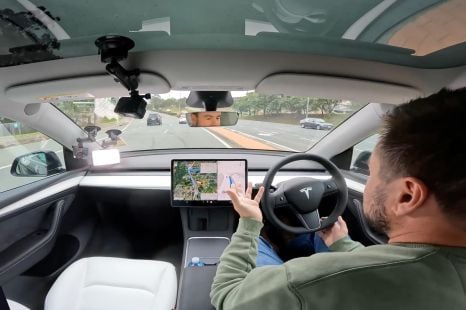

William Stopford
Tesla switches on FSD Supervised in Australia, announces subscription pricing
4 Hours Ago

Contributor
Bugatti has unveiled the successor to its iconic quad-turbo hypercars, and it’s a hybrid.
Leaning on the electric hypercar expertise of majority owner Rimac, the Bugatti Tourbillon is a celebration of both petrol power and high-performance hybrid systems.
Limited to 250 examples and priced from €3.8 million ($6.1 million) each, Bugatti’s newest hypercar is powered by a naturally aspirated 8.3-litre V16 engine, developed in part by Cosworth.
It’s capable of producing up to 746kW of power and 900Nm of torque on its own, hitting the rev limiter at an ear-piercing 9000rpm.
However, it’s aided by three electric motors – two on the front axle and one on the rear – which contribute an additional 597kW, bringing its total power outputs to 1343kW.
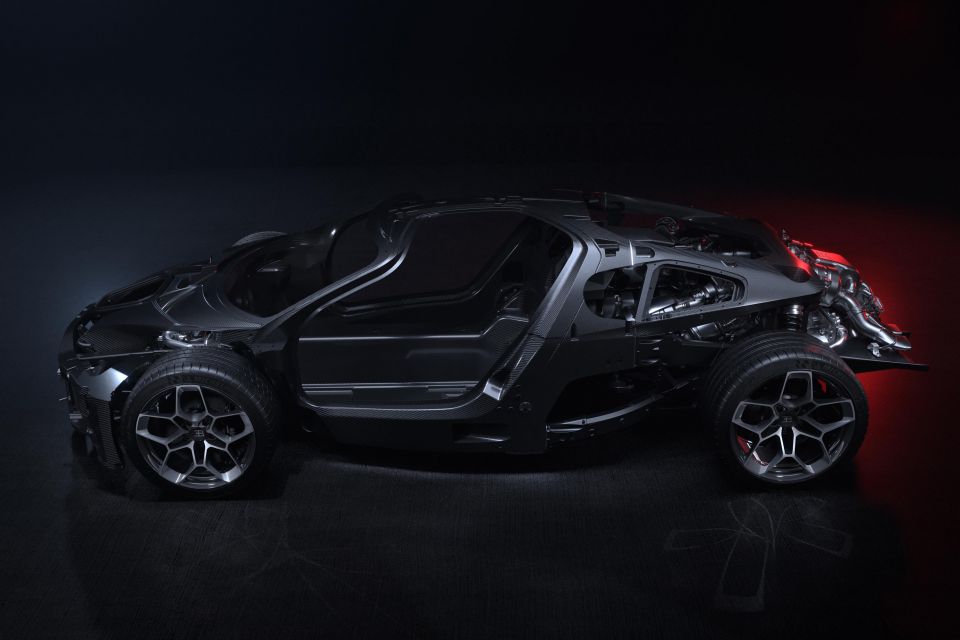
That’s 240kW more than the quad-turbo W16 engine of the Centodieci, which was the most powerful Chiron-based model.
Drive is sent to all four wheels through an eight-speed dual-clutch automatic transmission, while the electric motors are fed by a 24.8kWh (gross) battery pack running on an 800-volt electric architecture.
Bugatti claims the Tourbillon can be driven for more than 60km on electric-only power, but the hybrid system arguably provides its most impressive figures when teamed with the V16.
With the V16 hybrid in optimal operating conditions Bugatti claims it can accelerate from 0-100km/h in just 2.0 seconds – a four-tenth saving compared to the Profilée, the fastest-accelerating Chiron-based model.
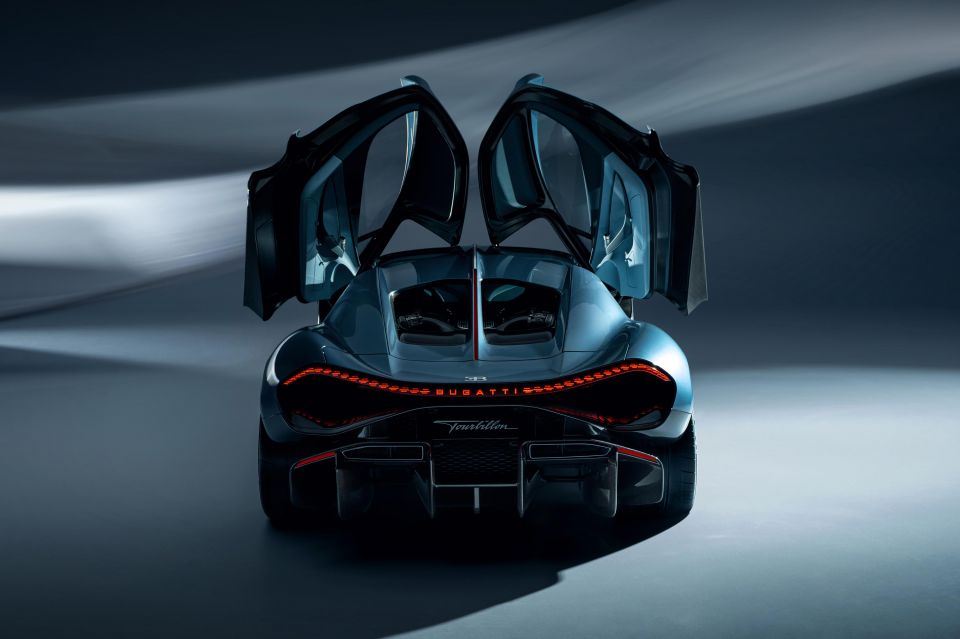
From a standstill, it can hit 200km/h in less than five seconds, 300km/h in under 10 seconds and 400km/h in sub-25 seconds – provided its Speed Key is being used.
Top speed is limited to 380km/h without the Speed Key, increasing to 445km/h with it activated.
Despite being fitted with its three electric motors and a supporting battery pack, Bugatti claims the Tourbillon is lighter than the Chiron, tipping the scales at less than 1995kg thanks to its T800 carbon composite monocoque.
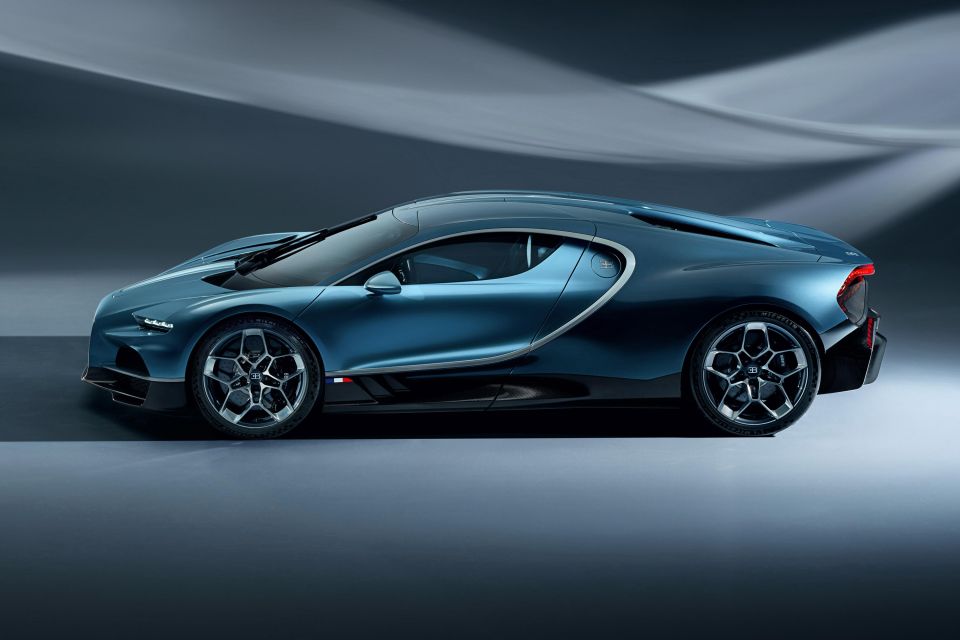
Connected to the chassis is forged aluminium multi-link suspension at the front and rear – saving 45 per cent in weight compared to the Chiron’s double wishbones – as well as an “AI-developed 3D-printed hollow airfoil arm to enhance vehicle dynamics and aerodynamic performance”.
The Tourbillon’s carbon-ceramic brakes are controlled by a brake-by-wire system, allowing the pedal box to be moved and the driver’s seat remain in place.
Michelin developed bespoke Pilot Cup Sport 2 tyres for Bugatti, measuring 285/35R20 at the front and 345/30R21 at the rear.
Bugatti’s long-running design cues continue to feature on the Tourbillon, such as its horseshoe grille, two-tone colour scheme and ‘Bugatti Line’.
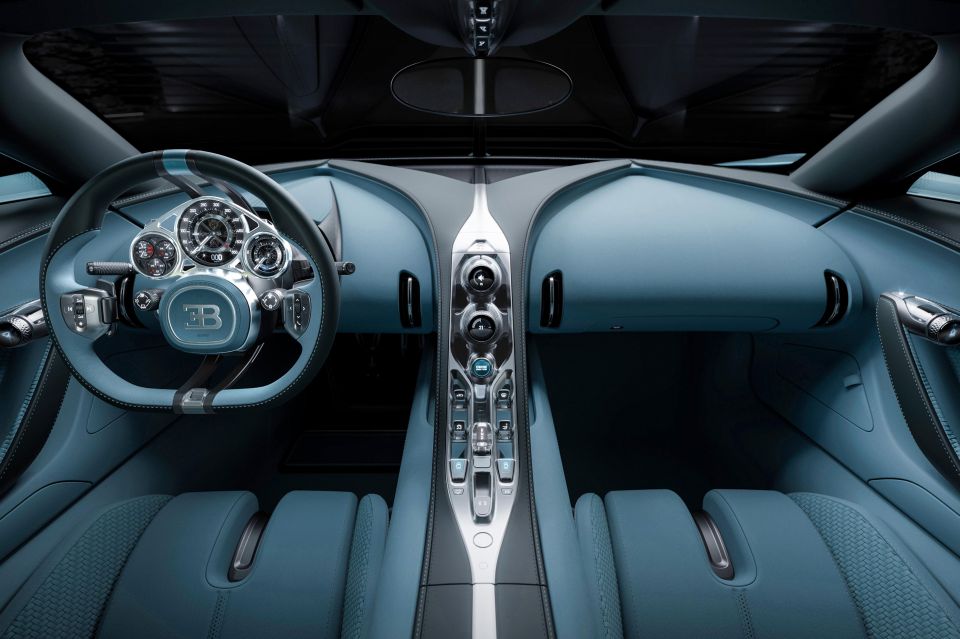
Inside, there’s a striking dash with just one central infotainment and driving profile screen – the rest of the instrument display is more an art piece crafted by Swiss watchmakers.
This includes a tachometer inside the speedometer; a power display; battery state of charge gauge; and other auxiliary readings.
In typical French fashion, the steering wheel hub is behind the instrument cluster, allowing the readouts to stay in a fixed position while the wheel rotates around it – akin to quirky classic Citroens.
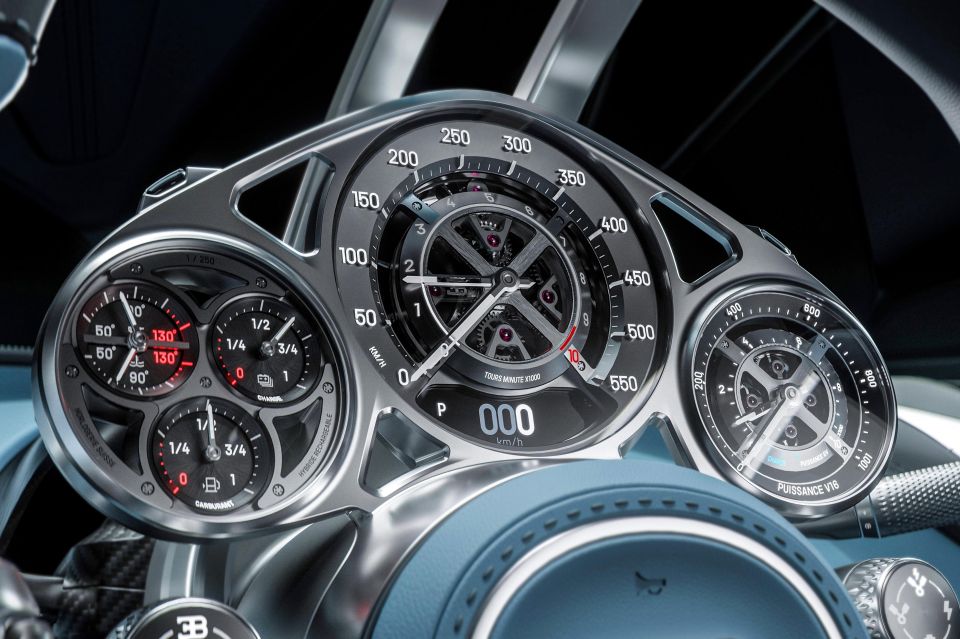
Rather than a push-start button, there’s an engine start ‘level’ which can be pulled from the dash to fire up the V16 engine, which Bugatti claims is a tribute to historic vehicles.
There are still modern creature comforts though, with the ‘basic’ audio system consisting of speakers and subwoofers, and an optional package which Bugatti says turns the door panels into speakers.
Global deliveries of the Bugatti Tourbillon are due to begin in 2026, following the end of production of the Bolide and W16 Mistral.
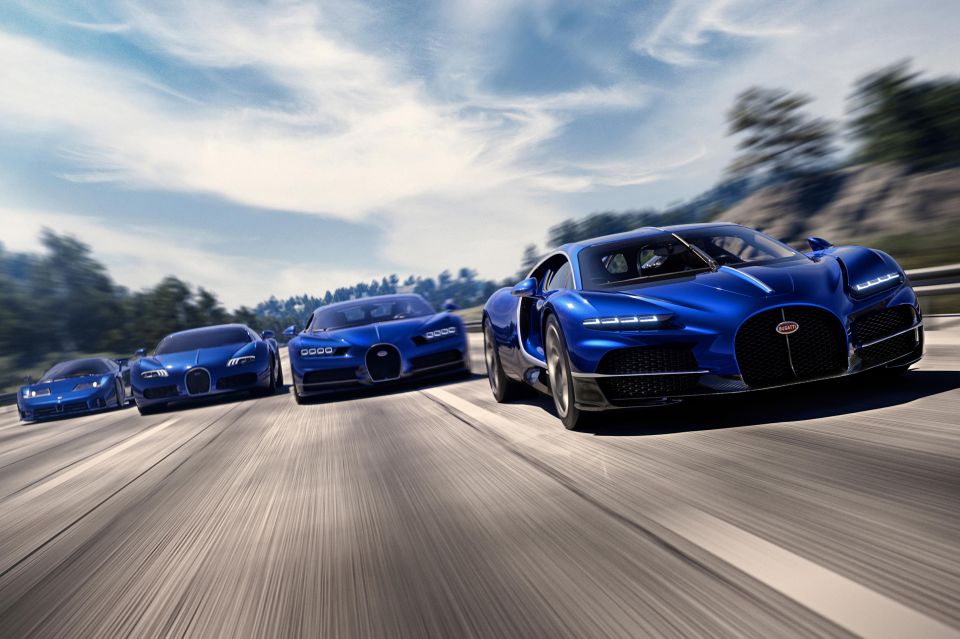
MORE: Everything Bugatti
Where expert car reviews meet expert car buying – CarExpert gives you trusted advice, personalised service and real savings on your next new car.
Born and raised in Canberra, Jordan has worked as a full-time automotive journalist since 2021, being one of the most-published automotive news writers in Australia before joining CarExpert in 2024.


William Stopford
4 Hours Ago
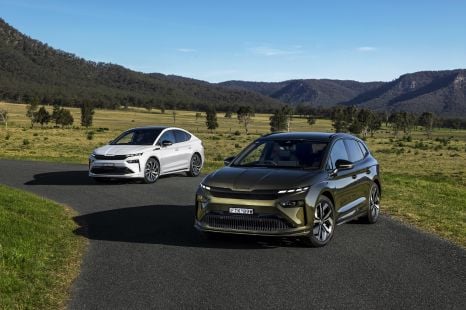

Max Davies
12 Hours Ago


Max Davies
12 Hours Ago


Ben Zachariah
13 Hours Ago


William Stopford
13 Hours Ago


James Wong
17 Hours Ago
Suggested Comparisons